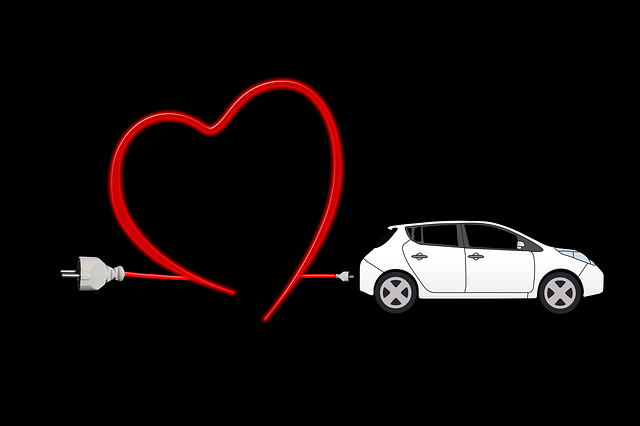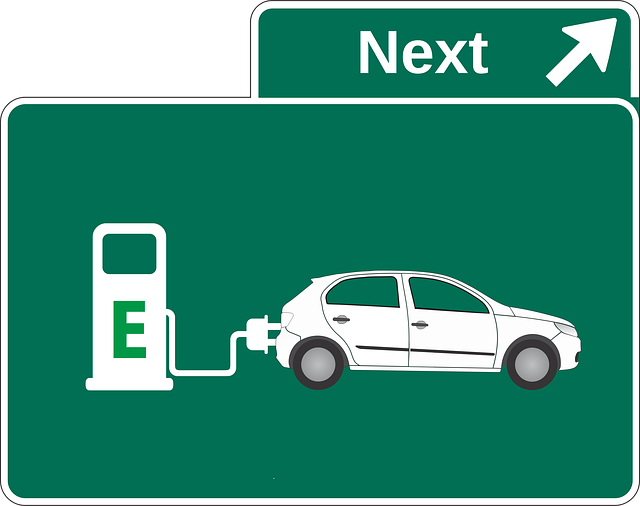Sealed Car Battery – Comparison, Charging, and Leaking
Mar 31, 2022 Pageview:1257
There are so many types of batteries in the world today. Each type comes with unique features and properties suitable for specific applications.
Recently, one of the primary qualifications for batteries is whether they are sealed or flooded.
Hence, you need to know which battery you are choosing.
Many people don’t know this, but what battery you take matters a lot. Unfortunately, there is just too much misinformation out there concerning these options.
In this guide, we will be setting things straight. Our discussion today is on sealed and unsealed batteries for beginners.
Sealed Car Battery vs. Unsealed
The battery plays one of the most important roles in the performance of your car. You cannot start the vehicle without it, and the electrical system will not run.
Car batteries come sealed or unsealed (flooded). But most car owners don’t know this. They will choose just any battery as long as it promises to start their engine.
But there are clear differences between sealed and unsealed batteries. You can tell from their names that they are not the same, for starters. Even in their performance, you will find clear distinctions.
Sealed Batteries
You can already guess what it means by sealed batteries from the name. These are batteries that are completely sealed to avoid leakage.
A sealed battery can either gel or absorbed glass mat (AGM) in construction. They have become the most common type with many users today.
The biggest advantage of sealed batteries is that you never have to worry about electrolyte leakage. Even when driving in the roughest terrain, you can always be confident of a good performance.
Their electrolyte is mostly in solid-state. This makes them even more advantageous.
Unsealed Batteries
The opposite of sealed batteries is unsealed batteries. They are also called flooded because they contain a liquid electrolyte that flows freely in the battery.
One of the main advantages of flooded batteries is that the electrolyte flows freely. As such, they seem to promise more power.
However, since they are not sealed, the risk of electrolyte leakages is much higher. They can cause corrosion to the car’s cables, terminals, and other connections.
Unsealed batteries have been used for the longest time. And even with newer technologies coming up, they are still a favorite choice for many car owners.
Comparing sealed and unsealed batteries
The biggest question is, which one is the best? Choosing between sealed and unsealed batteries may not be as easy as it sounds. You probably want to go for sealed ones, but flooded ones also have something great to offer.
It is worth considering both options. No matter your choice, you can always be sure to get a good deal.
Unsealed batteries carry a combination of water and sulfuric acid in liquid. The liquid moves around freely inside the cell. It’s not contained or sealed in a specific area. They are also known as flooded.
Since the liquid moves around freely, the electrolyte also moves without any restrictions. This feature allows the battery to deliver greater power and energy.
These batteries are more traditional. Today, you will find them mostly as power backups, utilities, etc.
Flooded batteries are mainly applied as car batteries. You may have had to buy battery water if you have owned one. Or perhaps you have heard someone else talking about such.
Unsealed batteries require battery water to keep them operational. That also means they require maintenance. This could be another disadvantage with flooded batteries.

Sealed batteries contain only enough liquid to allow easy flow of the electrolyte – but nothing more. The container does not carry full liquid that flows around freely.
This means handling and maintaining sealed batteries is much easier. They are also known as maintenance-free batteries.
There are two main types of sealed batteries, gel, and AGM. The gel batteries contain a putty-like material that never leaks. The AGM features acid-saturated fiberglass mats.
AGM batteries tend to offer more power, but the gel ones last much longer. But they are all useful in cars, motorbikes, and military equipment.
Which one is better?
Maintaining flooded batteries can seem quite stressful. You risk liquid leakage if you move around too much without handling them well. Also, the battery will get damaged if you shake too excessively.
Therefore, unsealed batteries are not the best in cars that travel in rough terrains. They cause corrosion to the cables, terminals, and other parts of the car when they leak.
Also, flooded batteries need to be used in a properly ventilated area. This keeps the liquid from evaporating in extreme weather. The liquid can still freeze in colder areas.
Nevertheless, unsealed batteries are still a great option as a backup. They can serve you well if properly maintained.
Sealed batteries don’t require any maintenance. And since there is no free liquid, you don’t need to worry about leakage. Aside from this, the batteries can withstand different climates and do not require ventilation.
However, flooded batteries tend to last much longer.
Both sealed and unsealed batteries are good. You only need to keep them in a good state, and you will have your batteries working for a long time.

Sealed Car Battery Charging
Follow these steps to charge sealed batteries:
Step 1: Remove the battery from the vehicle. If the battery is fully discharged, recharging it over an alternator can cause overcharging and damage.
Step 2: Use a 3-stage battery charger. Finding the right charge will keep your battery safe. Such chargers are designed for lead-acid batteries.
Step 3: Set the voltage. Setting the voltage at 2.40 to 2.45 volts per cell assures maximum charging speed. A lower voltage takes longer to charge the battery.
Sealed Car Battery Leaking
Sealed car batteries rarely leak. And that is why they are called sealed.
However, it can happen when the battery gets old or has faced some serious damage. A cracked battery overcharged battery and exposure to extreme temperatures can cause leakages.
Leakages are dangerous and must be handled carefully. Car batteries contain acids that are corrosive to metals and irritant to the skin. The hydrogen gas produced is highly volatile and flammable.
Luckily, sealed batteries are not as vulnerable to leakages as unsealed batteries. You can therefore use them for longer without too much worry.
Leave Message
Hottest Categories
-
Hottest Industry News
-
Latest Industry News










